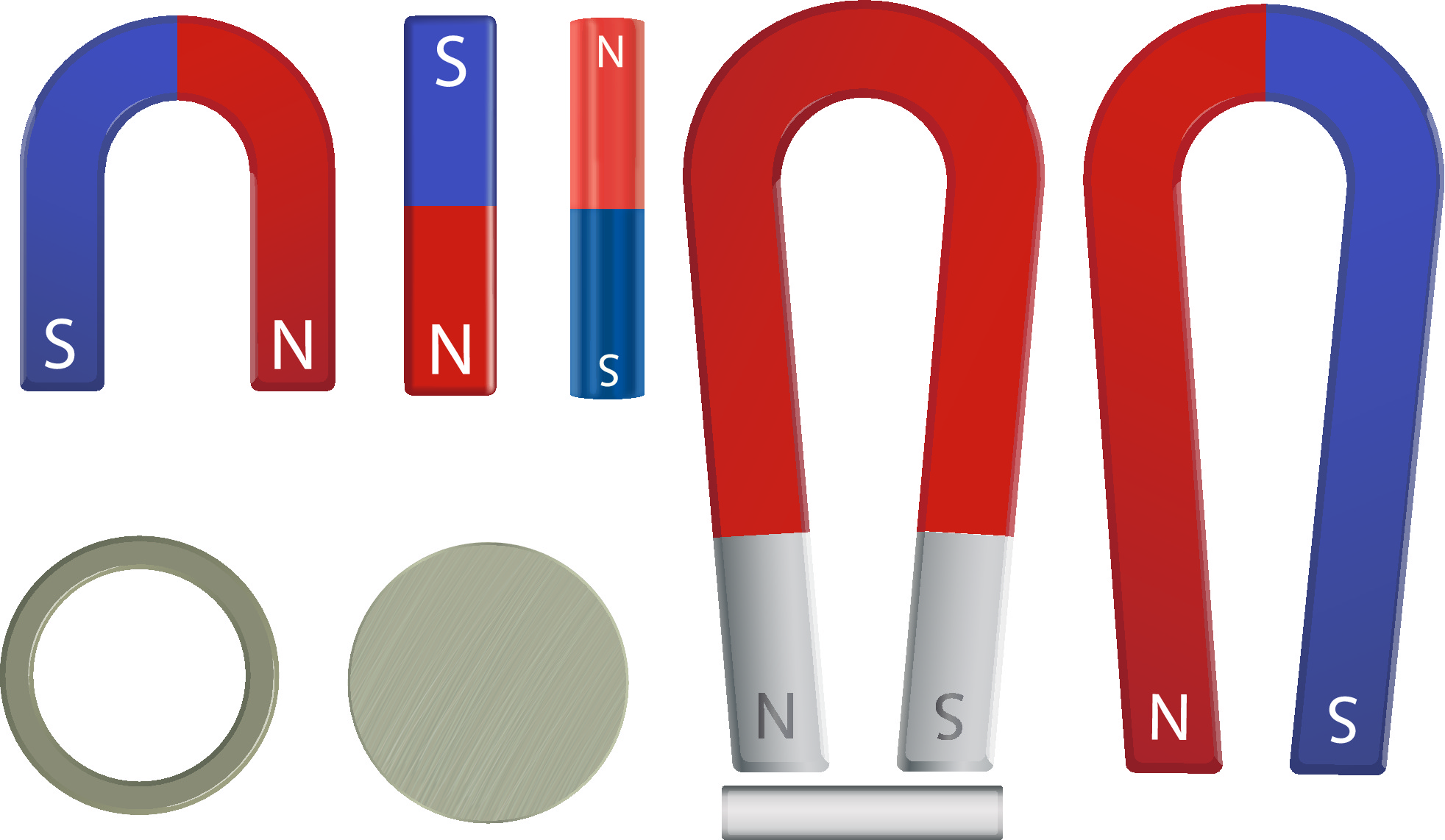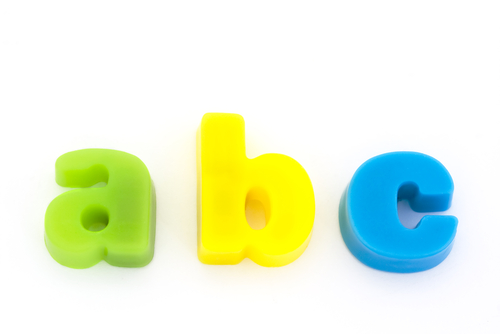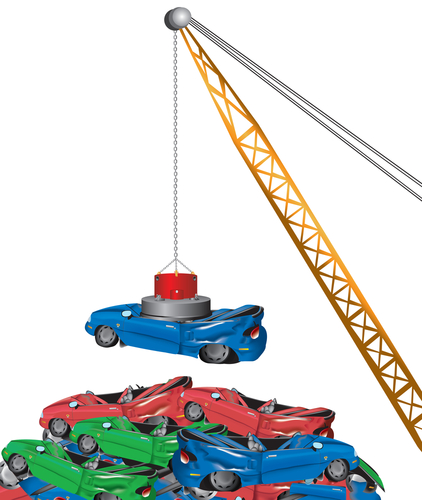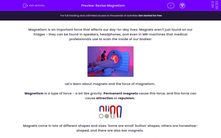Magnetism is an important force that affects our day-to-day lives. Magnets aren't just found on our fridges - they can be found in speakers, headphones, and even in MRI machines that medical professionals use to scan the inside of our bodies!

Let's learn about magnets and the force of magnetism.
Magnetism is a type of force - a bit like gravity. Permanent magnets cause this force, and this force can cause attraction or repulsion.

Magnets come in lots of different shapes and sizes. Some are small 'button' shapes, others are horseshoe-shaped, and there are also bar magnets.
Magnets have a north-seeking pole (or north pole) and a south-seeking pole (or south pole). We often label magnets with N and S to represent these poles.
What happens if we push two magnets towards each other?

In this example, we are pushing together two north poles. These magnets will experience the force of magnetism and will repel (push apart).
We say that like poles always repel each other. So, if you push two south poles together, they will also repel.
What if we push a north pole and a south pole together?

In this example, the magnets will experience the force of magnetism and will attract.
We say that opposite poles always attract each other.

Magnets attract and repel other magnets, but these aren't the only objects affected by the magnetic force.
Magnetic materials are always attracted to magnets. The most common magnetic materials include iron, steel, nickel and cobalt.

It is important to remember that not all metals are attracted to magnets. An aluminium can, or a piece of copper wire, would not be attracted to a magnet because they don't experience the magnetic force.
Remember that magnets attract magnetic materials, but they can't repel them. They can only repel other magnets.
Now that we have learnt about magnets - let's try some questions!









